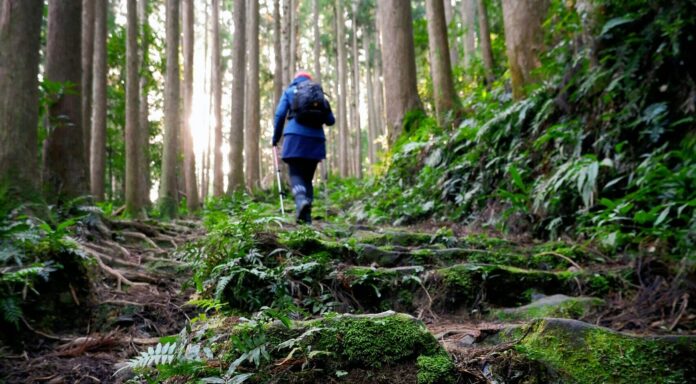Pilgrimages have been an integral part of human history for centuries, offering individuals the opportunity to embark on spiritual journeys, seek enlightenment, and connect with sacred sites and traditions. While some ancient pilgrimage routes have faded into obscurity, there are still several historic pilgrimages that continue to attract travelers from around the world. Here are three remarkable pilgrimages that you can still undertake today.
The Camino De Santiago (The Way of St. James)
The Camino de Santiago, also known as the Way of St. James, is perhaps the most famous and well-traveled pilgrimage route in Europe. Dating back to the Middle Ages, this ancient pilgrimage follows a network of trails that converge at the Cathedral of Santiago de Compostela in northwestern Spain, where the remains of the apostle St. James are said to be interred. Pilgrims from all walks of life embark on the Camino for various reasons—to seek spiritual growth, reflect on life’s journey, or simply experience the camaraderie and hospitality of fellow travelers. The most popular route, the Camino Francés, stretches over 500 miles from the French border to Santiago de Compostela, passing through picturesque landscapes, historic towns, and quaint villages along the way.
The Kumano Kodo Pilgrimage
Situated in the Kii Peninsula of Japan, the Kumano Kodo is a network of ancient pilgrimage trails that have been used by emperors, samurai, and monks for over a thousand years. Designated as a UNESCO World Heritage Site, the Kumano Kodo offers pilgrims the opportunity to explore the sacred mountains and forests of the Kumano region, visit revered Shinto shrines and Buddhist temples, and immerse themselves in Japan’s rich cultural heritage. There are several main routes to choose from, each offering its own unique blend of natural beauty and cultural significance, including the Nakahechi, Kohechi, and Ohechi routes.
The Via Francigena
The Via Francigena is a historic pilgrimage route that stretches from Canterbury in England to Rome, Italy, traversing over 1,200 miles of diverse landscapes and cultural landmarks. Originally established in the Middle Ages as a pilgrimage route to the tomb of St. Peter in Rome, the Via Francigena has been rediscovered in recent years by modern-day pilgrims seeking to retrace the footsteps of medieval travelers. Along the way, pilgrims can visit charming medieval towns, awe-inspiring cathedrals, and picturesque countryside, while reflecting on the spiritual significance of their journey and connecting with fellow travelers from around the world.

